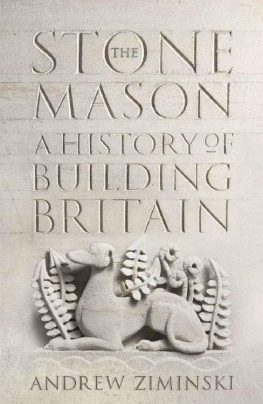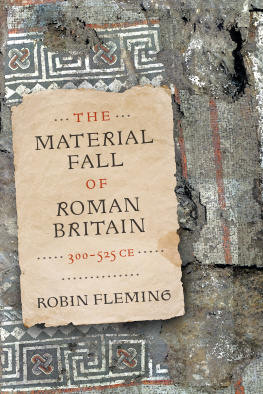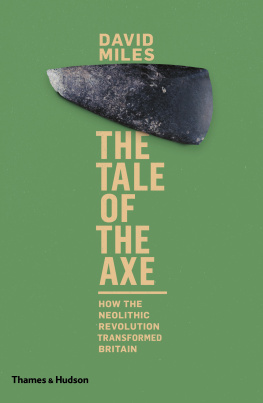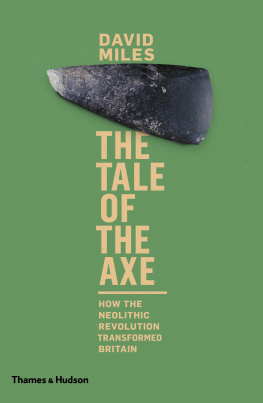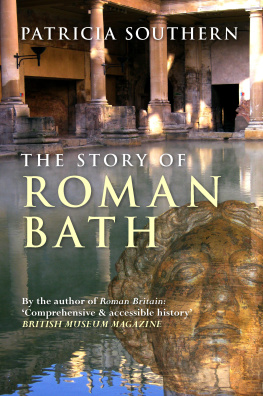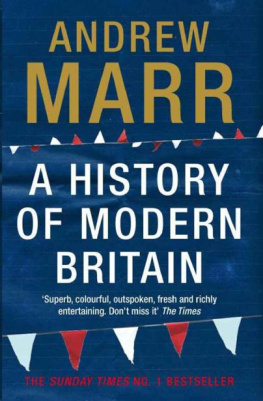About the Author
Andrew Ziminski is a stonemason living and working in what was ancient Wessex. He has three decades of hands-on experience with the tangible history of this country and has worked on some of the greatest and most interesting monuments in Britain; from using his skills to create a Stonehenge megalith, to the restoration of Roman ruins in Bath, to working on the tower of Salisbury Cathedral and the dome of St Pauls in London. He is happiest, however, when working on a humble medieval country church. Andrew is a SPAB William Morris Craft Fellow, a Fellow of the Society of Antiquaries, and a consultant for the conservation of stonework and monuments to the Salisbury Diocesan advisory committee for the care of churches. He lives in Somerset. This is his first book.
THE STONEMASON
A History of Building Britain
Andrew Ziminski

www.johnmurraypress.co.uk
First published in Great Britain in 2020 by John Murray (Publishers)
An Hachette UK company
Copyright Andrew Ziminski 2020
The right of Andrew Ziminski to be identified as the Author of the Work has been asserted by him in accordance with the Copyright, Designs and Patents Act 1988.
Cover image: Cover Stone Carving by Andrew Ziminski and Clare Venables | Cover Photography Ash Mills
Illustrations by Clare Venables
Extract from Aldhelm: The Poetic Works by Michael Lapidge and James L. Rosier, reproduced by permission of Boydell & Brewer
All rights reserved.
No part of this publication may be reproduced, stored in a retrieval system, or transmitted, in any form or by any means without the prior written permission of the publisher, nor be otherwise circulated in any form of binding or cover other than that in which it is published and without a similar condition being imposed on the subsequent purchaser.
A CIP catalogue record for this title is available from the British Library
eBook ISBN 978 1 473 66395 4
John Murray (Publishers)
Carmelite House
50 Victoria Embankment
London EC4Y 0DZ
www.johnmurraypress.co.uk
CONTENTS
Tradition is not the worship of ashes, but the preservation of fire.
Gustav Mahler
How to Use this eBook
You can double tap images to increase their size. To return to the original view, just tap the cross in the top left-hand corner of the screen
INTRODUCTION
Under its rusting corrugated roof, the tenement still managed to speak of a life well used. With windows gone and its lath and plaster covering kicked out, the exposed oak frame, silvery grey with age, was now nearly all that remained of its walls. The family of brewers who had worked and lived there since the late-1500s put it up in the 1620s as an extension to a long-gone medieval house. Although buttressed and propped at one end by a great external stone chimney, it was hard to see how on earth it was still standing.
I had become more aware of the slow dilapidation of the brewers house as my mates and I passed it by each evening on our journey home from school. Narrow cobbled steps dropped through the town that clung to the ramparts of the long-demolished medieval castle. Crossing Reigates busy high street into Cage Yard we legged it past the haunted town lock-up, where its former inmates still waited behind unhinged doors in the rubbish-strewn interior. And over it loomed the mournful hulk of the brewers house.
Redemption finally arrived with a sign nailed high up on its gable end. The structure was to be dismantled and then moved to a museum where it would be rebuilt and preserved. Mrs Ward, our history teacher, told us that fragments of wall paintings St George slaying the dragon over one of its two fireplaces, accompanied by a coloured floral design executed in black line could still be found within. Volunteers were urgently needed if the 350-year-old structure was to be saved. My real education was about to begin in earnest.
I had stopped enjoying school years before. By my teens, it had become nothing more than a disastrous sequence of reports that complained Andrew must stop daydreaming and try harder. For me, the standard history curriculum was too focused around flat pages of facts, events and royal personalities. It was the material aspects of the past, the tangible remnants that were left behind, that thrilled me. And there was no room for that at my school. I was once caught copying out illustrations from the Collins Field Guide to Archaeology in Britain during a mathematics lesson my punishment: confiscation and three of the best from the headmasters slipper. I still remember that page 158 was covered with simple line drawings of tumuli burial mounds just like the ones I had already explored on the commons, downs and sandy heathlands that enclosed the town. I pictured them still filled with treasures, weapons, personal ornaments and pottery. These bell barrows were the burial places of prehistoric kings and earls, and I liked to imagine the lives that these objects had been part of.
I spent my weekends searching for treasures and it was on the heath that, aged twelve, I had made my greatest find. When the broad end of the flint axe-head connected with the heart of my hand, I felt the electric jolt of discovery and the desire to learn more coursed through me. An archaeologist at the Holmesdale Museum confirmed that it had been made four thousand years before, during the Bronze Age, and was probably an object of status rather than work. She told me how it had absorbed some of the background minerals so that, over time, they had turned its surface from the usual marbled blue-white to toffee-gold. She explained that the first sharp edge had been put on a flint for use as a tool over three million years ago and that the shaping of stones is our species most ancient skill. The raw materials had probably come from the chalky heights of the North Downs and soon I was spending as much time there as I could, looking for nodes of this inner marbled colour, which I used to teach myself how to make my own copies of the museums Neolithic tools.
Soon, instead of hanging around the castle grounds after school, I was to be found high on the rickety scaffolding that enclosed the brewers house, hardhat-less in parka and monkey boots. The last remaining residents of the house shared their outrage at our presence; the jackdaws dive-bombed as the wrecking crew staved in the broad, stone chimney that had been the birds family seat for many generations, sending tufts of their old nests out about amongst the dust and rubble. As the frame started to come down, I felt increasingly drawn into the puzzle of how this medieval building was still standing. I wanted to know everything about this old place and the other buildings I had started to notice. Who built them? How long did it take to put their frames up? Where did the oak come from? Where had they sourced the stone? How was all this heavy stuff brought here on what I had been taught were the terrible roads only used by armies and royalty?
My father would know some of the answers. After the war he had been taught to cut Scottish granite into wedge shapes voussoirs the size of ancient TV sets that he and his team of Highlanders, Irishmen and Polish refugees fixed into position to form horseshoe-shaped arches that were the outflows for hydroelectric power stations. His big hands still carried the scars. I remembered a day where he had been telling us about how gelignite must be handled in the tunnelling process. Blasted stone, he said, was no good for building with as the explosion would microfracture the stone and so it needed to be extracted by hand. He hadnt forgotten the whereabouts of the quarry by then overgrown and he took me there. As we explored, he explained how the place worked. This trip inspired an interest that has never left me.

